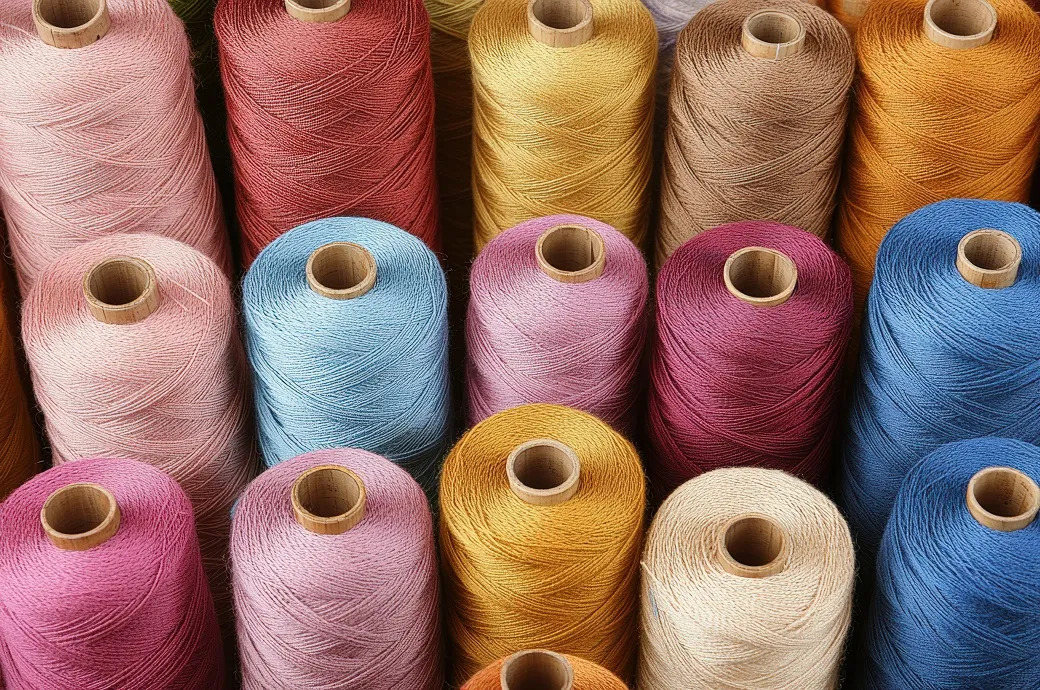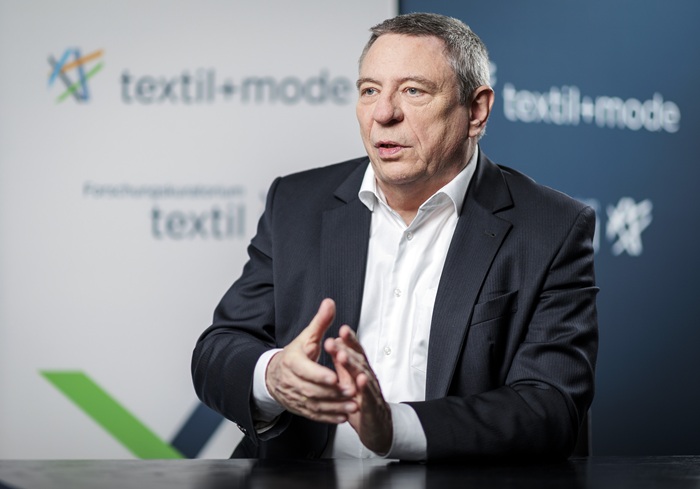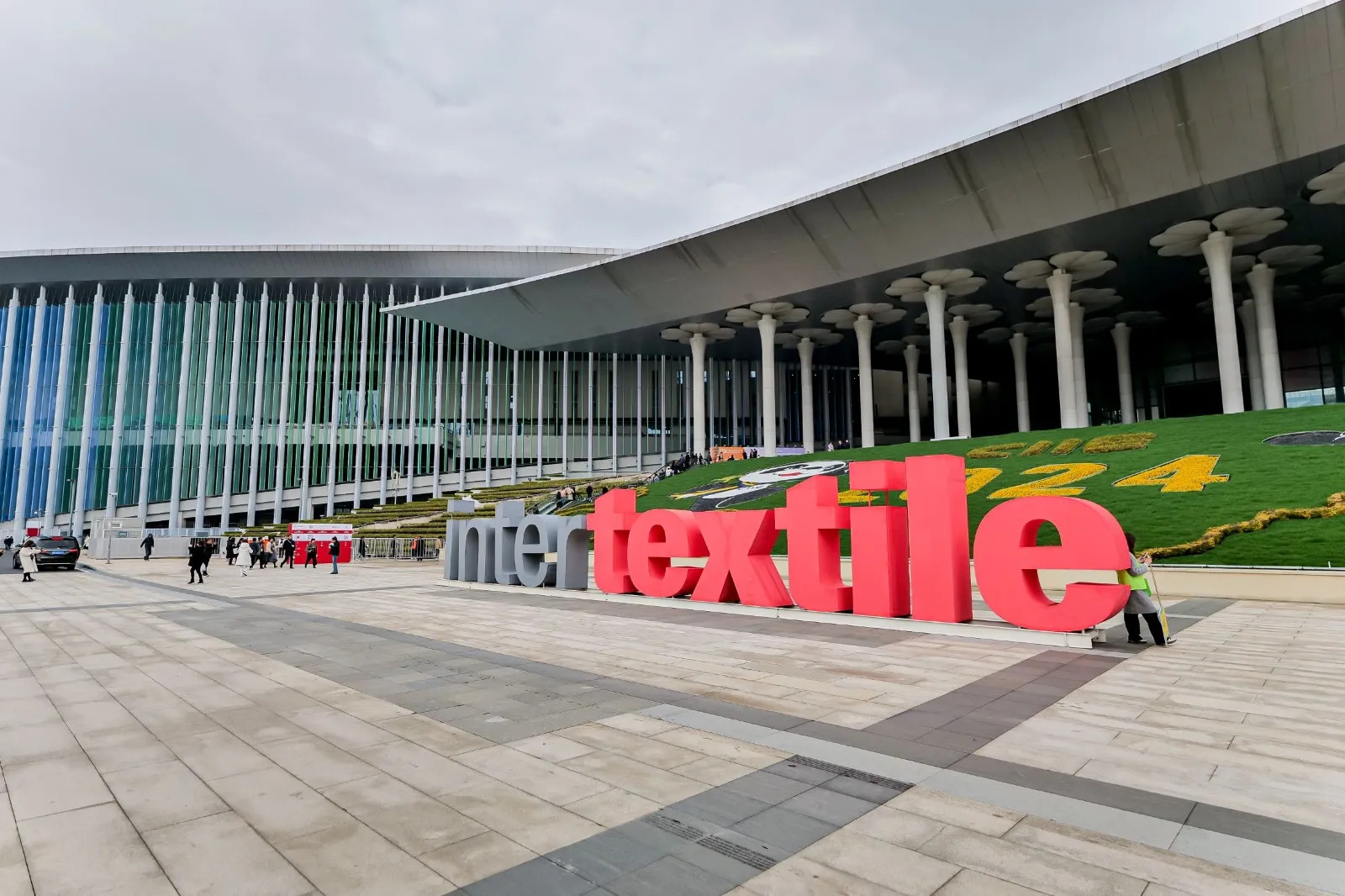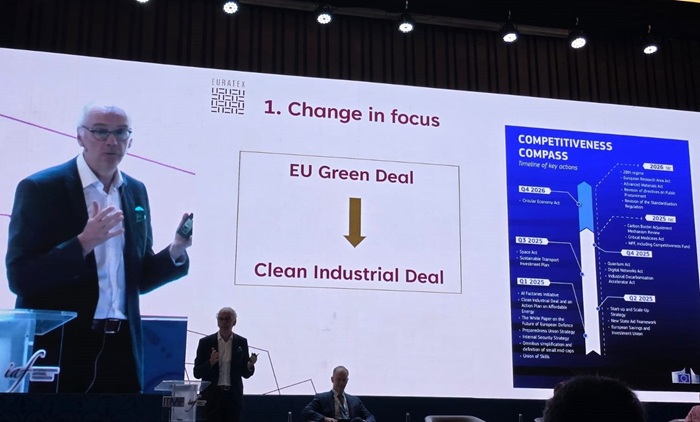FW
Violence in Kashmir has resulted in the textile industry in Ludhiana go into a loss of over Rs 100 crores. Several hosiery units supplying goods to Kashmir have suspended production while a majority of these outfits have closed down their shutters. The textile industry from Ludhiana supplies shawls, jackets, sweaters, gloves, caps, warmers and blankets to Jammu and Kashmir. It may be noted that knitwear houses manufacturing shawls did send their raw material to Kashmir but the raw material is stuck up ever since the unrest started in Kashmir.
According to Tarun Jain, Chairman, Bahadur-Ke-Textile and Knitwear Association, the Ludhiana hosiery industry has suffered a loss of nearly Rs 100 crores due to the unrest in Kashmir. Jain himself suffered losses worth over Rs20 lakh as the shawls sent to Kashmir for embroidery is stuck due to the unrest.
He said a majority of traders could not sell their goods beyond Jammu city. Informing that there were several small towns near Srinagar where hosiery material is sold in bulk. However, due to the problem, these places have become completely inaccessible. Jain rued that if the hosiery industry closes down, it would affect other sectors as well. For example, nearly 40,000 labourers are working in factory units located in Bhadaur Ke cluster. If an average worker is married and has two children then over 1.5 lakh people are dependent on the industry. While many hosiery units have closed down, several traders in Kashmir could not make payment of the previous year’s purchase. Further, there are cycle and motor mechanics, printers and other traders who are also dependent on the industry.
Himatsingka will invest Rs 1,300 crores in order to augment its manufacturing capacities and capabilities. These investments will be made in a phased manner beginning FY’16 through FY’18. They will aid in doubling the group’s sheeting capacity and help the process of backward integrating into ultra-fine count cotton spinning. The aim is also to set up the world’s largest spinning plant under one roof and foray into manufacturing terry towels.
Himatsingka intends to pursue initiatives to drive growth in its distribution verticals as well. Today, with over 10 brands, the group has among the largest portfolio of home textile brands with an annual throughput of over Rs 800 crores. It’s a vertically integrated home textile group that manufactures, retails and distributes bedding, bath, drapery, upholstery and lifestyle accessory products.
On the manufacturing front, the group has significantly enhanced performance parameters by bringing in a new paradigm on efficiencies, productivity and technology. On the global distribution front, it has been expanding its brand portfolio and thereby bringing more relevant and differentiated solutions to the global shelf. Himatsingka clocked revenues of Rs 1886 crores for FY’16. It has brought to market a DNA verified cotton value chain solution under the Pimacott brand.
Export of garments from Thailand is expected to move south with more manufacturers migrating to neighbouring countries to tap cheaper costs and better tariff benefits. Vallop Vitanakorn, an adviser to the Thai Garment Manufacturers Association, said after investing in places like Cambodia and Vietnam in the last four years, manufacturers were expected to generate $600 million in overseas sales this year.
As a result, garment exports from Thailand were forecast to decline about 7 per cent to $2.55 billion. But that was not an alarming development, Vallop observed. Exports from neighbouring countries particularly Cambodia and Vietnam is expected to grow further compared to Thailand’s which was worth less than $3.15 billion this year, he claimed. The estimated $600 million in sales from overseas this year will be contributed from 33 apparel manufacturers operating in Cambodia and Vietnam. They had a combined initial investment capital of about 4 billion Baht. Vallop feels more garment enterprises would expand businesses to neighbouring countries, with Myanmar a potential option if it has stable infrastructure development. He says in future export income from Thailand would not increase but exports from Thai manufacturers operating overseas would. But he said garment manufacturers would still keep their investments in Thailand intact because the country has skilled labour.
Tons of fast fashion clothes end up in trash bins, incinerators, and landfills. Fast fashion is the second filthiest global industry after oil. Fast-fashion chains pay a high environmental cost by announcing collections that claim to recycle clothes. Nevertheless, only 0.1 per cent of all clothing from charities and programs that recycle clothes is actually recycled.
Natural fibers such as silk, linen, cotton and semi-synthetic fibers have a decomposition process similar to food, yielding methane. However, it's nearly impossible to compost these textiles. Additionally, these fibers go through an array of unnatural processes on their way to becoming a garment. Other fibers such as acrylic, nylon and polyester have a petroleum base. This means it can take them a 100 years to completely decompose.
The problem further intensifies by the speed of trend turnover. Fast-fashion chains, due to their quick and large output, are changing trends speedily to incite sales. This will ultimately lead to recent purchases going out of style sooner than before and so an infinite pile of clothes in the trash.
One way out for fast-fashion chains is close-loop sourcing. In a close-loop technology, a product recycles back into almost the same product. This fundamentally imitates the natural process of life. Nonetheless, commercially scalable, closed-loop textile recycling technology is still five to ten years away.
While consumers’ affinity for denim jumped from 39 per cent to 63 per cent from 2003 to 2016, China is now the second largest jeans market in the world, valued at $12 billion in 2015. This came through in a survey by Cotton Council International (CCI) and Cotton Incorporated’s 2016 Global Lifestyle Monitor.
This favourable market ranking has helped the forthcoming Intertextile Shanghai Apparel Fabrics – Autumn Edition to attract an increasing number of industry-leading denim suppliers to participate in the event. The show would go on from October 11 to 13. Over 170 domestic and overseas exhibitors will showcase their newest denim collections here. The event will see the debut of Invista at the National Exhibition and Convention Center (Shanghai).
Featuring five co-exhibitors, the new Lycra® Moves Denim Pavilion by Invista will offer an interactive demonstration of Invista denim technologies including Lycra® dualFX®, Lycra ® Beauty and Coolmax® as well as the latest Thermolite® IR technology. What’s more, the pavilion will feature a series of performance denim and garments under three themes: Urban Noir, Earth Expedition and Reform.
For the first half of the year American imports of women’s trousers and shorts from Kenya rose 23.5 per cent. Women’s trousers accounted for nearly a third of the value of clothes imported by the US from Kenya, having grown by 12.6 per cent. However, shows that imports of women’s skirts from Kenya dropped 43 per cent. Imports of women’s blouses also dropped four per cent.
Imports of men’s trousers and shorts in the first half of the year grew 16.6 per cent. Exports of women’s trousers from Kenya to the US have grown 44 per cent over the past three years. Kenya is among the sub-Saharan African countries which can export goods to the US tax-free. It is looking to further improve exports to the US.
Textiles and apparel account for over 80 per cent of Kenya’s total exports to the US. An export processing zone is coming up in Kenya. This is expected to revamp the industry which was a key forex exchange earner and job creator in the 1980s before market liberalisation in 1991 opened the floodgates to cheaper imported secondhand clothes. Investors will enjoy a 10-year corporate and withholding tax holiday, value added tax and stamp duty exemptions and utility connections.
Liberty Fairs is stepping into the women’s market this coming season. The trade show will house women’s labels at its February 2018 show in Las Vegas as well as a denim activation named Indigo.
Liberty Fairs is a men’s contemporary fashion trade event held bi-annually in New York City and Las Vegas. It curates the most forward thinking brands and brings them together with the industry’s top buyers in an inspiring design-driven environment. The blend of commerce and creativity introduces a new era in trade events and delivers the best of what’s new in the industry. Liberty stands for freedom and space without boundaries.
The new women’s section will appear at both Liberty Fairs Las Vegas shows in February and August, and this season over 40 women’s brands will appear at the trade show. Hudson Jeans will serve as a central focus for the Indigo section. In addition to launching Indigo and housing women’s brands, the Las Vegas show will also feature Assembly, a new activation for seminars that will be organized with Agenda and the Capsule Show.
Capsule and Liberty Fairs have held partnered shows in Las Vegas for several seasons and began partnering for a New York City show since 2016.
Every year, the clothing industry does away with almost 30 per cent of its produced clothing. This amounts to almost 25 billion garments or the equivalent of almost 30,000 Boeing 747s. This enormous waste contributes to mass destruction of natural habitats and an unending supply of material for our landfills. Now, there is a movement to build up to eliminate this irresponsible manufacturing method. Spearheading this movement is T-shared headed by longtime fashion industry veteran Jeroen van der Heide.
Tshared has launched a new line called Zero Waste T-shirts. This line, not only offers premium clothing, but also redefines how clothing production can eliminate waste. Each zero waste T-shirt that is produced is one of 111 limited products and is uniquely sized for the buyer. The consumer who chooses which design he/she would like, provides his/her measurements and receives the premium customized T-shirt. Additionally, each purchase comes with a detailed description of where and how the materials were sourced and processed, ensuring that consumers have transparency into the manufacturing process. If after five years, one wants to return the Zero
Waste T-shirt, he/she will receive an 11 per cent discount on his/her next purchase.
Not only does Tshared offer high quality clothing to its customers, but it is also a model for the garment industry. Instead of overproducing a large number of garments that the public won’t purchase, manufacturers can maximize profits by only producing desirable outfits.
Among seven garment-exporting countries in Asia, Vietnam is the country with the highest rate of compliance with the minimum wage in the garment, textile and footwear sectors. The rate of extreme non-compliance in Vietnam, which means wage workers are paid less than four-fifths of the minimum wage in the country, is 3.8 per cent and moderate non-compliance (workers paid between 80 per cent and less than 100 per cent of the minimum wage) is 2.8 per cent.
In contrast, the Philippines, India, Thailand, Pakistan, and Indonesia each have a large proportion of garment sector workers who are paid far below the minimum wage. The extreme non-compliance rate in the Philippines and India is 38.8 and 34.9 per cent respectively. About one fourth of Indonesian garment workers also earn far below the minimum wage.
In all the countries, women are more likely than men to be paid below the minimum wage in the garment sector. Again, Vietnam is among the nations with the smallest male-female gap, behind Cambodia and Indonesia, whereas the largest male-female non-compliance gap is found in Pakistan.
Vietnam’s regional minimum wages increased by about 12 to 15 per cent on a yearly basis between 2014 and 2016 and will go up by 7.3 per cent next year.
The USDA’s forecast for August of US’s cotton supply and demand numbers are about to be revised. The August projection of 15.9 million bales of cotton was an important first benchmark of actual production since it was the season’s first estimate based on field sampling of squares and bolls. But its projections for September serve as either a confirmation of or contradiction to what it had measured in August. This sort of projection can sometimes lead to market surprises when there are fewer remaining harvestable bolls in September compared to the potential from a month before.
The growing season in the Southwest is winding up in strange fashion. After a very hot and dry July, August was unusually wet. The August rains have probably added some pounds of yield to later-maturing fields in West Texas, particularly irrigated fields, and also, thankfully, reduced some expenses that would have been incurred in with August irrigations.
But, much of the dry land acreage in West Texas was probably too far along to benefit from the August rains, so their effect may be negligible. It is a different story in Central and Southeast Texas where continually moist conditions on mature cotton have likely lowered color grades and caused widespread sprouting of cottonseed in the boll. The impact of this could hurt growers through discounted loan values, higher ginning costs, and little cottonseed value to offset those costs.
The level of bales produced by the weird August weather may be the same, or even a little higher. While causing quality problems, my understanding is that the Central and Southeast Texas crop will still have to be harvested and ginned. So there may not be any downward adjustment in aggregate production. In addition, there may be a marginal increase in yields from west Texas and, so also production from later-maturing irrigated land.












